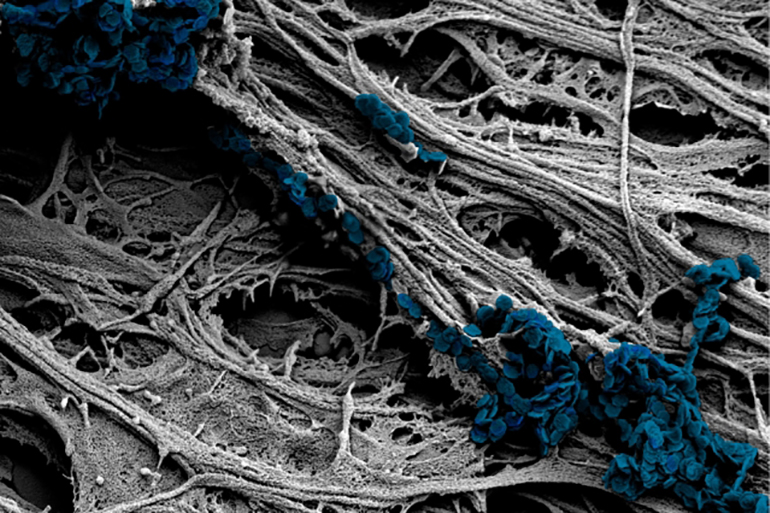
Electrical stimulation and chemical pharmaceuticals are the two ways that doctors and scientists routinely use to manipulate neural cells. Chemicals have their side effects, are slow to take effect, and are usually systemically delivered, while electrical stimulation usually requires invasive wires, is limited in its resolution, and is nearly impossible to administer within certain parts of the brain. Now, researchers at MIT have developed a new way to stimulate neurons that may open up new possibilities for research and clinical practice.
With the knowledge that neurons are sensitive to mechanical forces, including being squeezed and vibrated, the team created microscopic disc-shaped nanoparticles that can be made to resonate within a weak, but carefully controlled magnetic field. The nanoparticles, each about 100 nanometers in width, can be injected en masse around neurons and made to vibrate with an external magnetic field. Since many of these particles can surround individual neurons, working together they can generate enough force to stimulate pressure receptors within neural cells.
The pressure receptors are the same as those that allow us to hear things, have a sense of touch, and maintain balance. They also exist within brain cells and neural cells around the spine, so there’s great potential for using this new approach for neural stimulation in the treatment of Parkinson’s, Alzheimer’s, chronic pain, and other common neurological conditions.
The new nanodiscs, made from hematite, an iron oxide, that make this possible are novel because they “contain a vortex configuration of atomic spins when there are no external magnetic fields applied,” according to an MIT announcement. The discs are stable in solutions when outside of a magnetic field and just a few millitesla of a magnetic field, varying at a few hertz, results in the discs changing their internal spins to align with the plane of the discs. As the field changes, so does the orientation of the discs, which results in a wobble.
The researchers believe that their approach, which doesn’t require wires to protrude through the body and stimulates different signaling pathways than electricity, could overcome some of the limitations hindering previously used techniques.
Image: A scanning electron microscope image of cultured neural cells shows the team’s newly developed nanodiscs (colored area) arrayed along the cell surface, where they can exert enough force to trigger a response. Courtesy of the researchers
Study in ACS Nano: Magnetic Vortex Nanodiscs Enable Remote Magnetomechanical Neural Stimulation
Via: MIT
